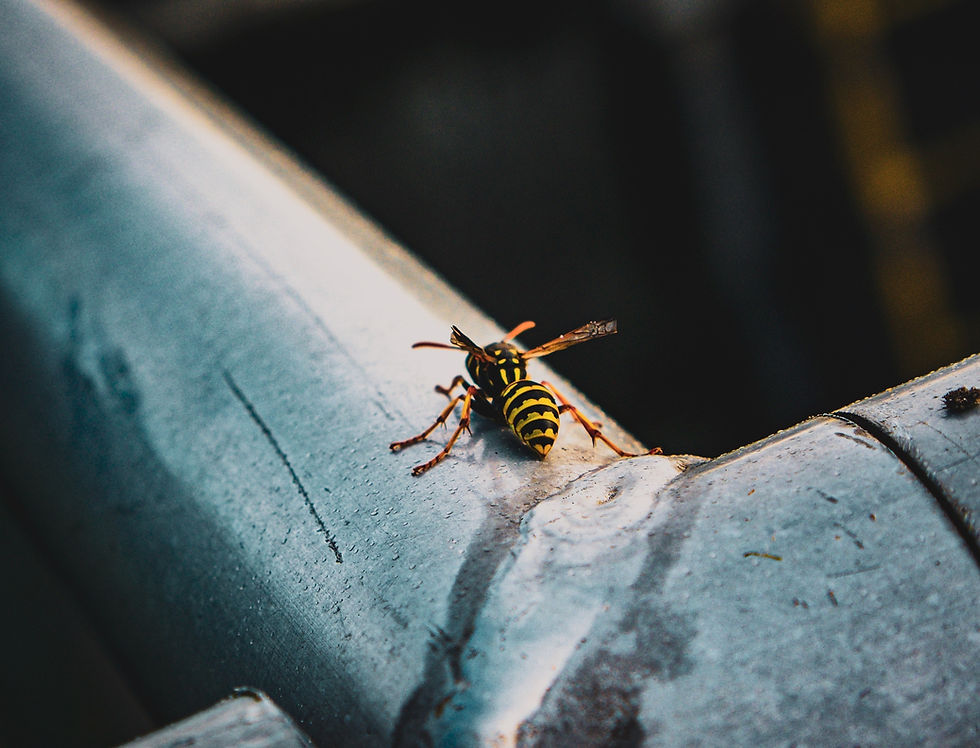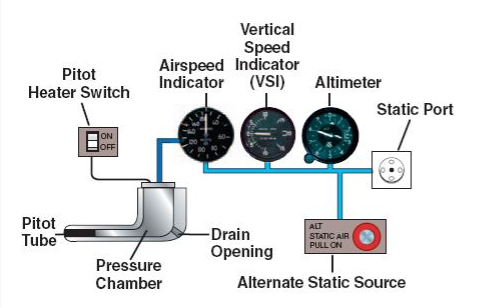Insect flight emerged 406 million years ago while the Wright brothers only took off in December 1903. Despite their massive head start, technological advancements over the years such as pressurised cabins for passengers launched in 1940 by Boeing, piston-engine airliners by Douglas DC-6b in 1952 or supersonic airliners by Concorde in 1976 have contributed tremendously to these improvements. However, planes are still not a match for tiny insects that find ways and means to enter parts of the aircraft to nest even in today's age of technology.

How do Pitot Tubes provide the best nesting grounds for insects?
Pitot tubes are hollow tube-like instruments that are mounted at the front of airplanes behind the nose cone and below the cockpit. It is used to gather information on how fast air is moving through to measure airspeed which is a critical measure in aviation.

Ironically, it is also an ideal nesting spot for a large order of insects, Hymenoptera, which comprises of Wasps, Bees and Ants.
Wasps make an excellent example of this by sealing up pitot tubes, restricting airflow, after laying an egg with a paralysed prey for its future hatchlings to feed on.
How do insects impact flight quality?
In 1996, Birgenair flight 301 crashed off the coast of the Dominican Republic from a probable cause of pitot tube blockage from “mud and/or debris from a small insect”. Similarly, in 2021 alone, over a span of six weeks at Heathrow Airport, eight different aircraft pitot-static systems were affected by insect nesting activity whereby two species of insects were identified as the culprit: wall mason wasp and hairy-toothed small leafcutter bee. Aircrafts in Brisbane faced the same issue in 2013, where the keyhole wasp caused a A330 to turn back minutes into the flight to Singapore. Although no casualties were lost in the above cases, the Brisbane Airport case resulted in a study being done on the impact of wasps on pitot tubes.
Nesting Seasons
The results from this study suggests that peak nesting occurs in summer months, though with no correlation between the level of rainfall but was significantly impacted by the average monthly temperature.
Although insects are more often perceived as low risk to an airside environment and are typically targeted to reduce its presence as a food source to birds, more attention can be paid to them as they may still play a tiny yet remarkable risk hazard to aircraft.

Comments